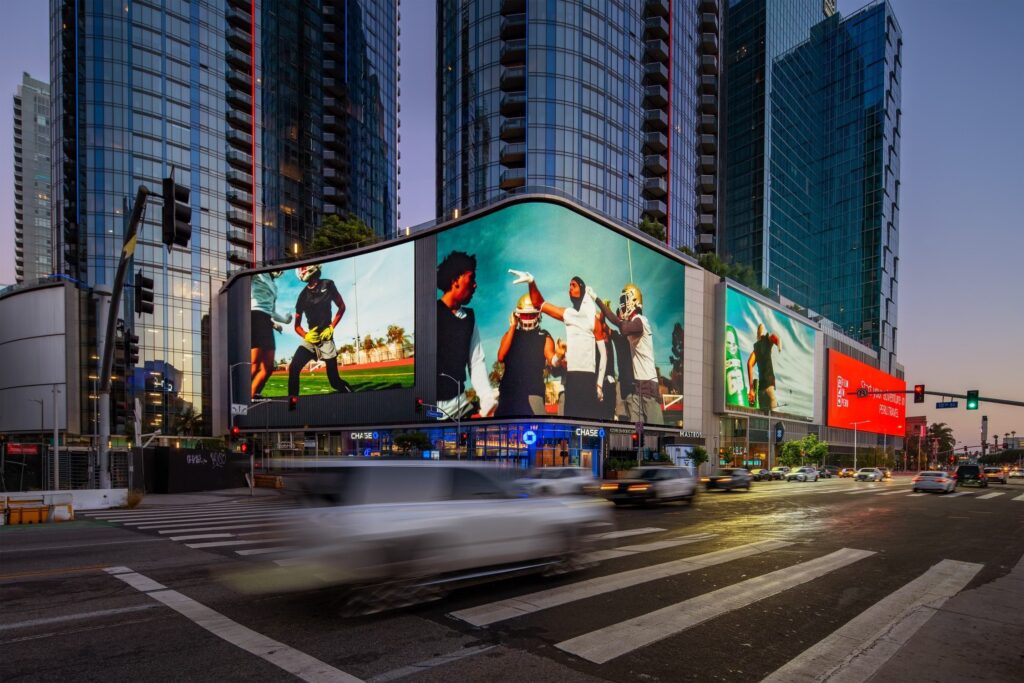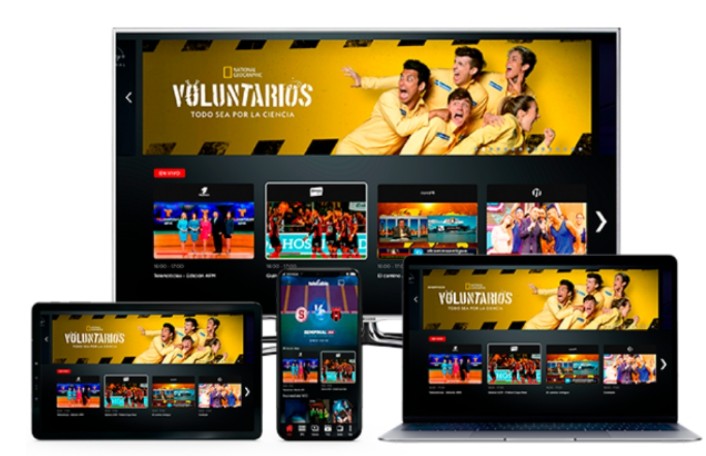Digital out-of-home advertising (DOOH) has quickly emerged as an invaluable way for brands to connect with their desired audiences in today’s ever-evolving advertising landscape. Unlike traditional billboards, DOOH brings engaging digital screens in various locations around the country with dynamic content delivered directly. However, businesses looking for maximum impact should ensure that DOOH campaigns only target relevant target demographics for maximum effectiveness.
Understanding Your Audience
DOOH advertising requires businesses to gain an in-depth knowledge of both demographic and psychographic traits within their target demographic, including age, gender, interests, purchasing behavior, and more. With such knowledge in hand, marketers can craft targeted messages targeting certain segments within this target audience for successful DOOH campaigns that speak directly to their desires and preferences – using advanced data analytics tools can give businesses insight into creating messages with more impact that resonate.
Psychographic analyses go well beyond demographic evaluation; understanding target audiences means getting to know their lifestyles, values, attitudes, and motivations to craft messages with emotional resonance that build both brand loyalty and business connections. With this comprehensive approach to audience understanding in place, DOOH campaigns not only reach their intended targets but also resonate deeply and meaningfully.
Geographic and Contextual Considerations
Location is an essential consideration in DOOH advertising, as audience behavior varies considerably by location. Urban areas typically experience more foot traffic and faster-paced lifestyles while suburban or rural settings might provide a more relaxed setting, offering businesses opportunities to adapt DOOH campaigns that best accommodate target audience preferences and behaviors. Furthermore, contextual targeting enables marketers to send tailored messages based on time of day, weather conditions, or local events which further boost the relevance and effectiveness of DOOH ads.
Contextual considerations go beyond demographics and geography alone; rather, they include understanding how DOOH ads will interact with an audience’s specific environment or situational circumstances. Delivering messages about refreshing beverages on hot summer days or encouraging outdoor activities on weekends could capitalize on audiences’ immediate needs or desires and maximize engagement – leading to better campaign results from businesses’ campaigns.
Precision Targeting Techniques
Businesses can leverage precision targeting techniques like geofencing and geo-targeting for more targeted audience contact. Geotargeting allows advertisers to deliver targeted messages based on consumers’ physical locations, making ads more relevant for local customers. Geofencing technologies enable businesses to enhance the effectiveness of DOOH campaigns by targeting ads directly at individuals entering specific spaces such as malls or event venues creating virtual boundaries that focus the ads upon specific consumers entering each location at specific times and places. Using this geofencing technology, businesses can bolster DOOH efforts with tailored messages specifically targeted toward each of their ideal customers at ideal times and places – strengthening efforts overall!
Audience profiling and behavioral targeting provide businesses with an effective way to segment their target audiences according to online and offline activities, including consumer behaviors and preferences analysis. Marketers then create highly tailored DOOH campaigns that resonate with specific target segments.
Targeted Advertising Can Benefit Businesses
The tactic of Targeted Ads in DOOH offers many advantages for businesses. By creating content tailored specifically for target audiences and their interests and preferences, businesses can increase ad visibility, engagement rates, conversion rates, and the return on Investment (ROI).
Best Practices in Audience Targeting
Businesses looking to optimize audience targeting effectiveness through DOOH advertising must follow several best practices. Establishing clear campaign objectives and KPIs ensures campaigns align with overall marketing goals and objectives, while real-time data insights allow businesses to fine-tune targeting strategies as time progresses based on real insights gleaned by continuous monitoring and optimization campaigns based on real insights into the performance of campaigns over time. Furthermore, adhering to ethical standards and data privacy regulations are vital part of maintaining consumer trust in DOOH ads
Conclusion
An essential strategy of successful digital out-of-home advertising lies in targeting the appropriate audiences. By understanding demographic, geographic, and contextual details about their intended demographic groups, businesses can create more engaging campaigns that drive results – from precision targeting techniques to segmentation protocols; effective audience targeting maximizes return on investment (ROI) while creating experiences that resonate more deeply with audiences than before. So go forth and apply the lessons in this article to your business to experience and witness tremendous growth in your business.






